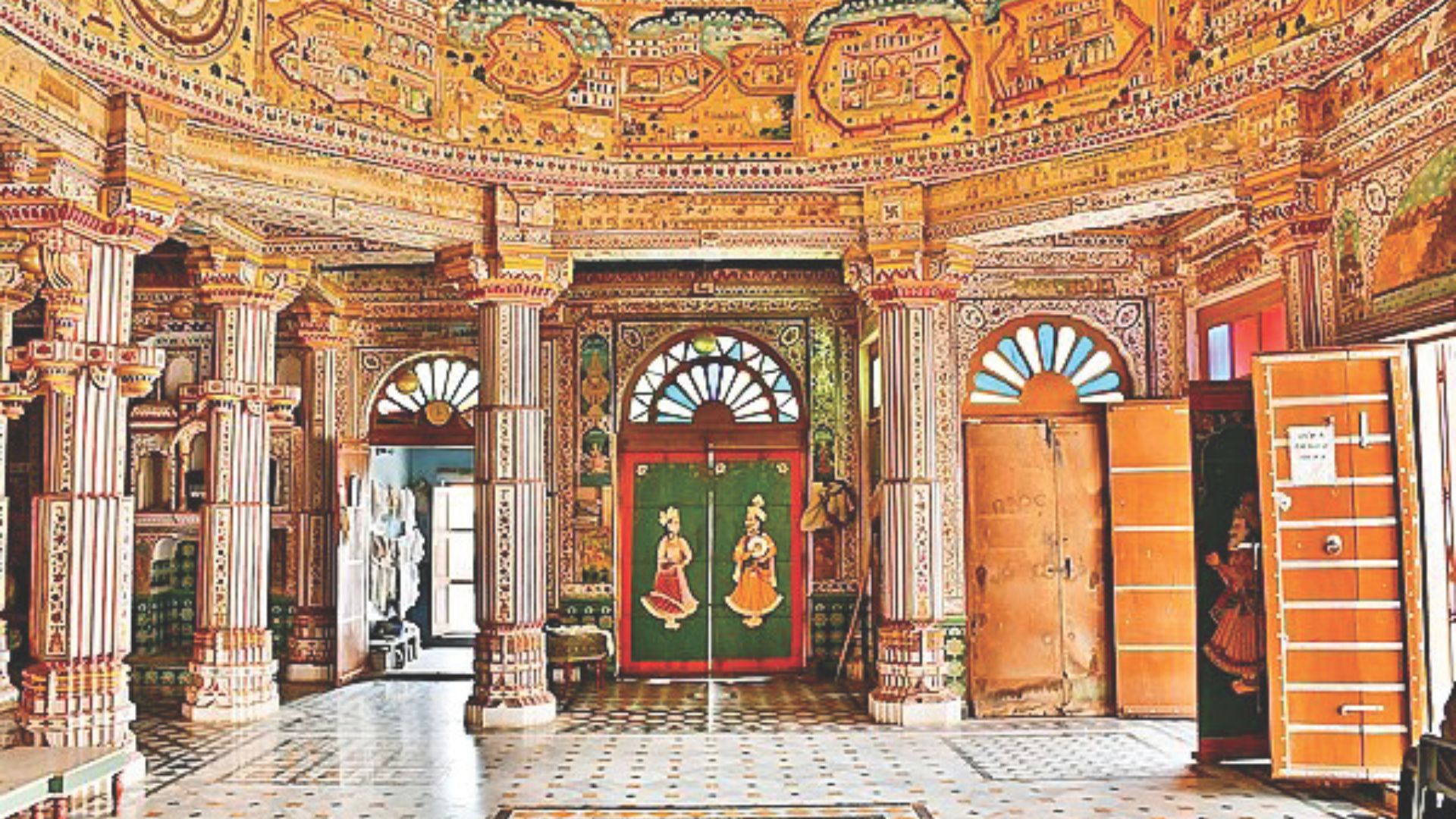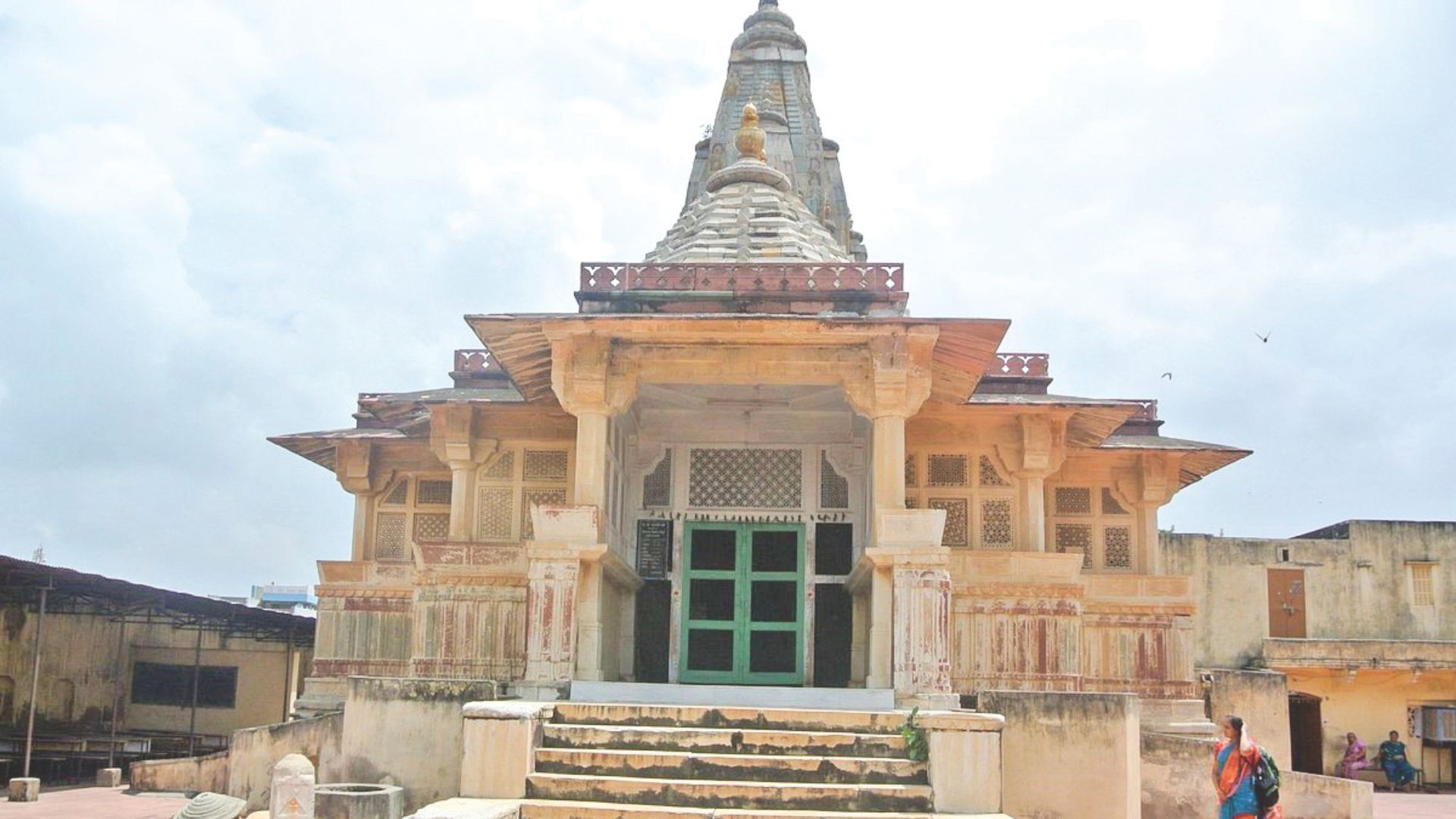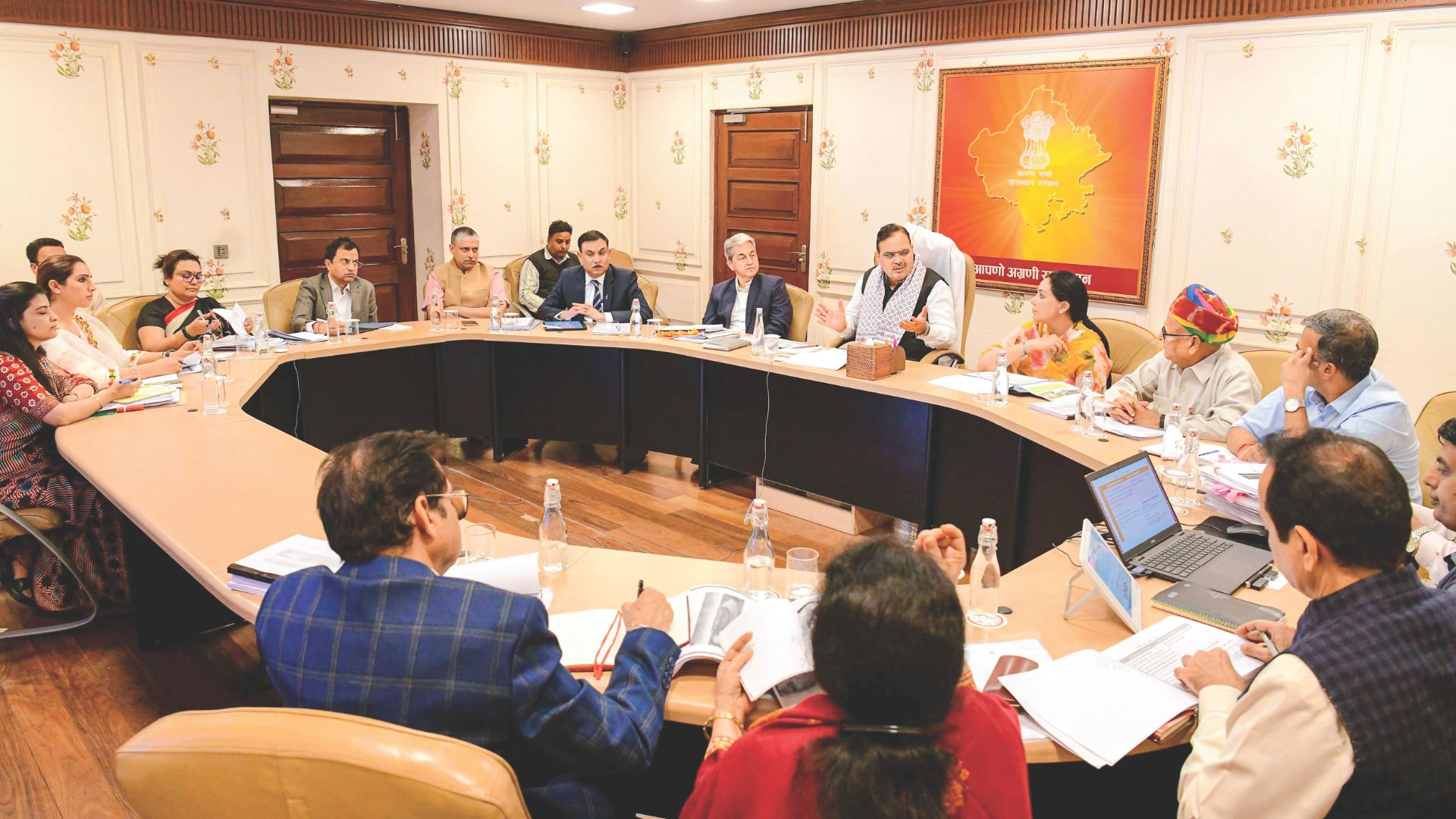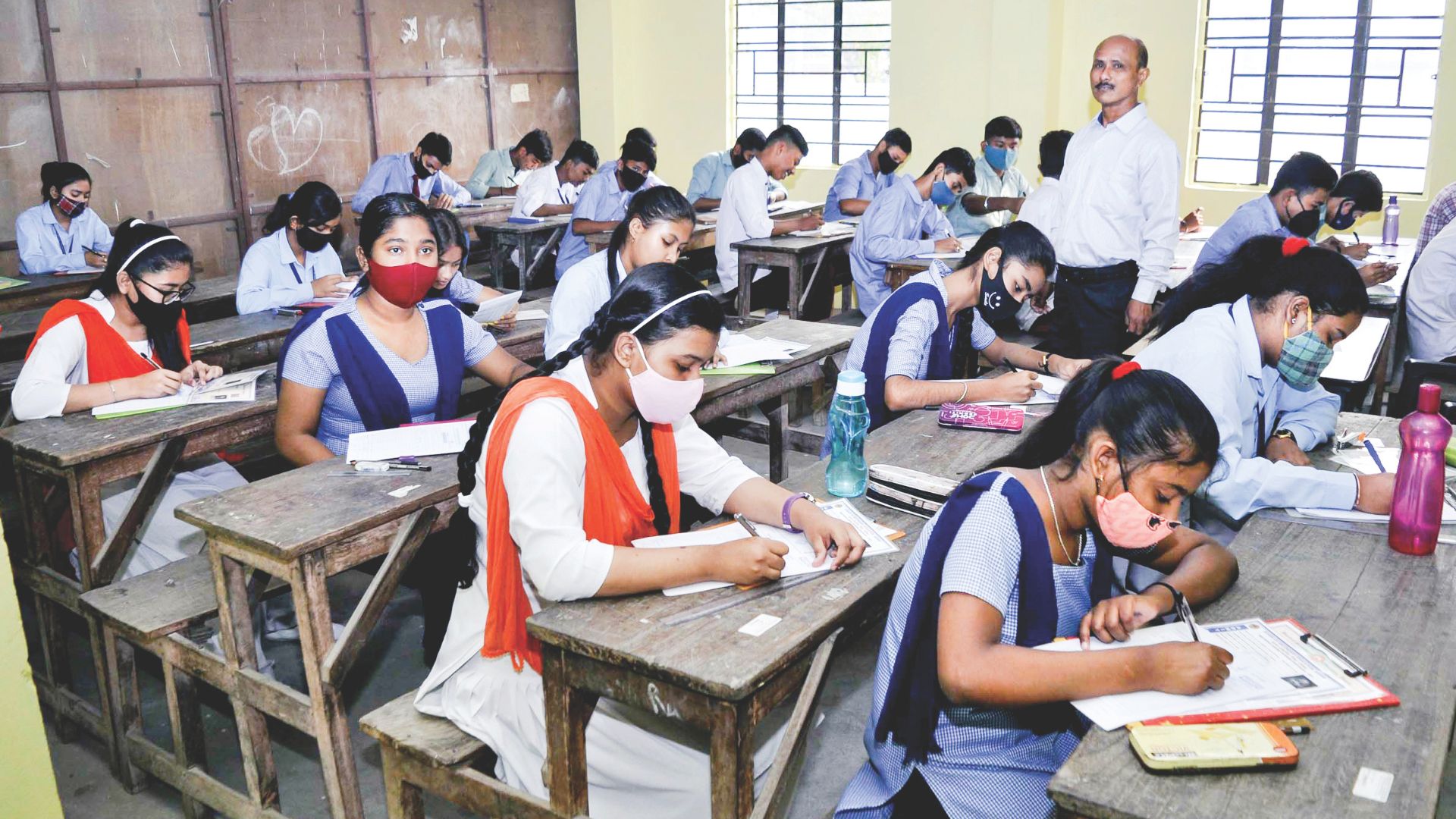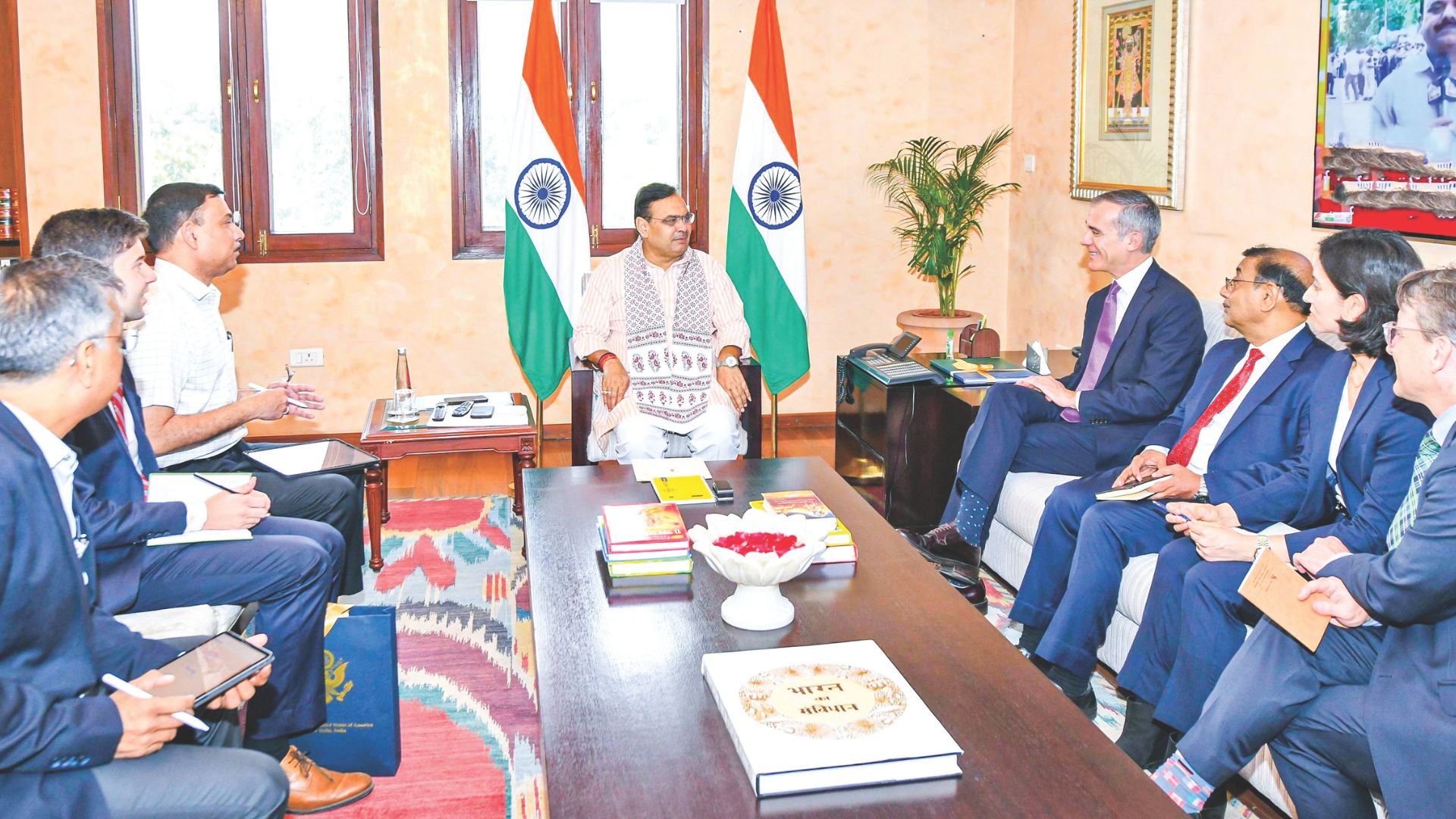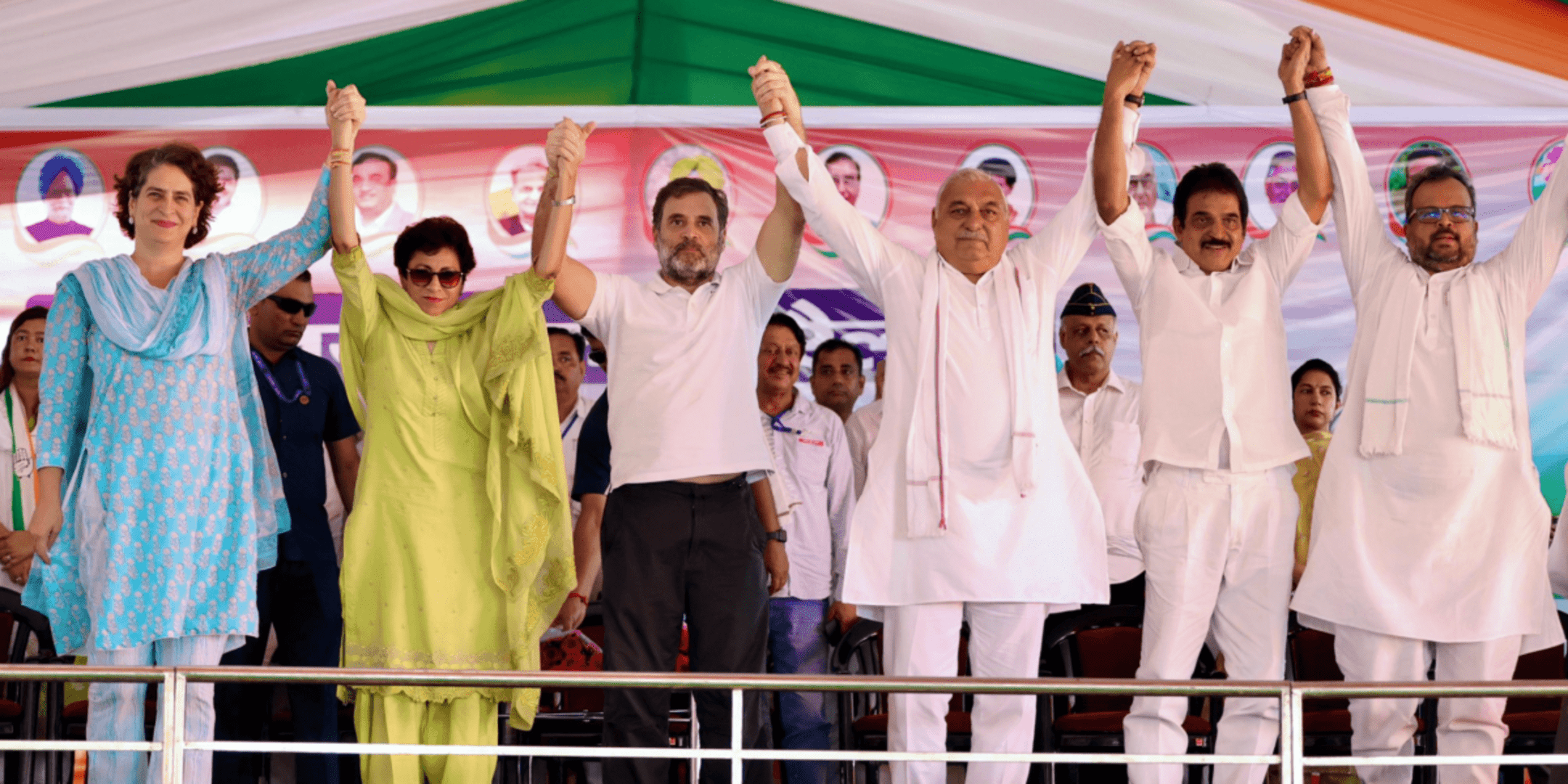
From Celebration to Despair Congress's Rollercoaster Ride in Haryana Elections
As the counting of votes for the Haryana Assembly elections commenced around 9 AM, Congress initially surged ahead of the BJP, prompting celebrations at the Congress headquarters in Delhi, complete with jalebis and dhols. However, within just an hour, the BJP had turned the tide, ultimately positioning itself for what appears to be its largest victory in Haryana, defying exit poll predictions by a significant margin. Now, the BJP headquarters is alive with excitement as preparations for celebratory laddoos are underway, while Congress leaders cling to hope for a last-minute turnaround. Despite several rounds of counting remaining, the overall picture seems unlikely to shift significantly. Here are five key factors contributing to Congress’s setback:
1. Internal Infighting: Congress had previously secured 31 seats in the 2019 elections, but the latest trends suggest it has failed to improve its standing significantly. Internal conflicts and power struggles among top leaders undermined their campaign efforts. Prior to the elections, party leaders expressed confidence in a victory, with many vying for the Chief Minister position. A visible power struggle between veteran Bhupinder Singh Hooda and senior leader Kumari Selja became apparent, with Selja openly positioning herself for the CM race. While the party attempted to present a united front, it was evident that it was a divided house. Hooda was given considerable leeway in candidate selection and alliance decisions, but this strategy did not yield the desired results.
2. Impact of Regional Forces and Independents: Although Congress has a higher vote share than the BJP, it struggled to translate this into seats. Many constituencies showed narrow margins, indicating that regional parties and Independents siphoned off anti-incumbency votes, ultimately benefiting the BJP. However, regional parties like the INLD and BSP only managed to lead in one seat each, with four Independents also ahead.
3. Anti-Jat Consolidation: Congress’s focus on consolidating Jat votes under Hooda may have inadvertently led to a counter-consolidation of non-Jat votes in favor of the BJP. The term “Jatshahi” (Jat supremacy) became a recurring theme leading up to the elections, suggesting that a Congress victory would restore the influential community’s power in the state. As a result, other communities seemed to overwhelmingly support the ruling party.
4. BJP’s Strategic Groundwork: Poll analysts had predicted a potential loss for the BJP in Haryana, but quiet groundwork helped shift the momentum in their favor. Union minister and BJP leader Dharmendra Pradhan was tasked with managing the party’s campaign for this challenging election, and early trends indicate he succeeded effectively. The BJP’s organizational prowess has once again turned the tables on Congress.
5. BJP’s Urban Dominance: Over the past decade, the BJP has solidified its support in urban areas like Gurgaon and Faridabad. Congress had anticipated a sweep in rural regions, but this expectation did not materialize as hoped. Currently, the BJP is leading in key urban constituencies such as Gurgaon, Faridabad, and Ballabhgarh.
These factors combined illustrate the challenges Congress faced in the Haryana elections and underline the need for a thorough reevaluation of strategies moving forward.


